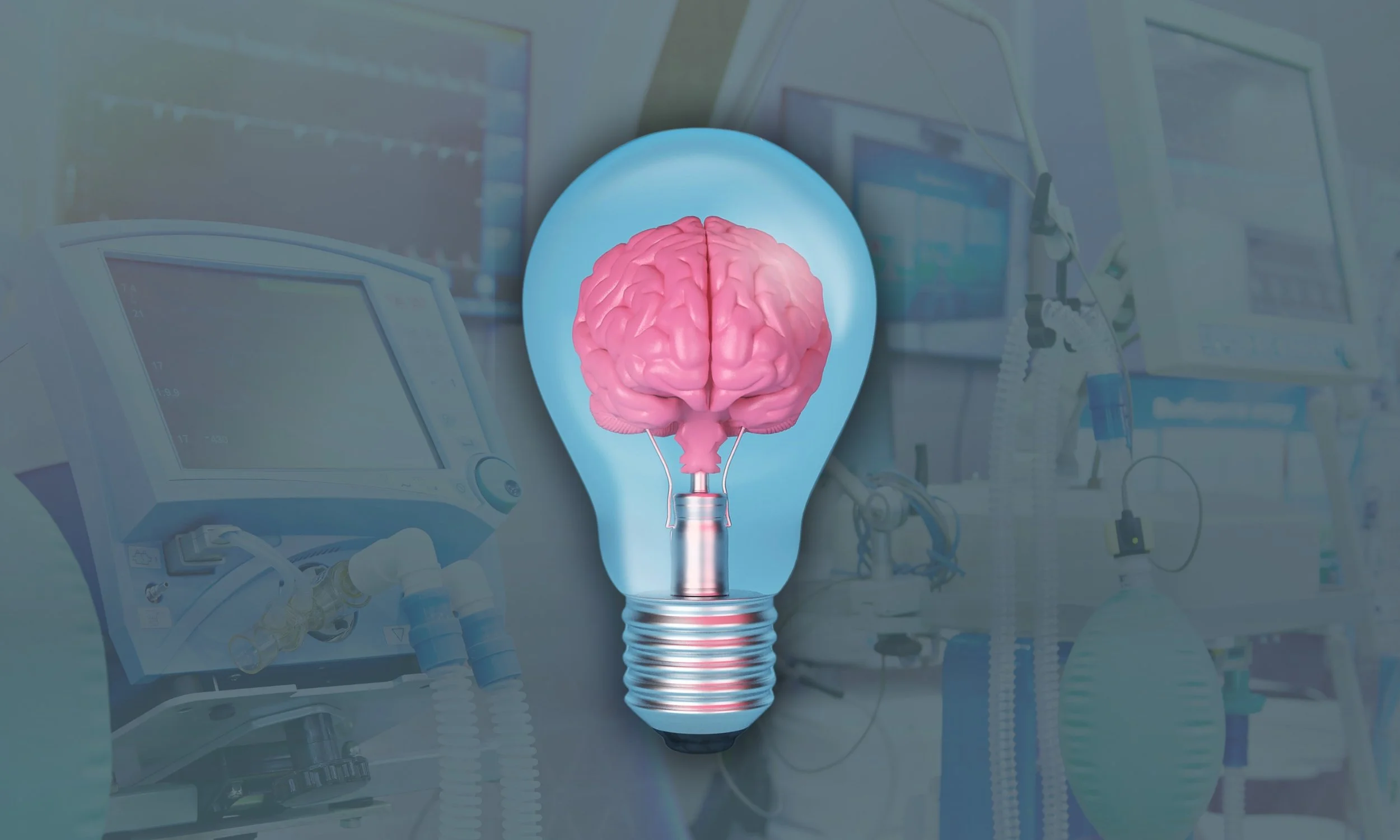If you are reading this post, you are either curious about or have heard of the Default Mode Network. Before we give you the 3 reasons, first you need to know what the Default Mode Network is!
The Default Mode Network (sometimes called simply the default network or the DMN) refers to an interconnected group of brain structures that are hypothesized to be part of a functional system. The DMN includes areas of the brain which researchers found to have higher activity when the mind was supposed to be at rest. For example, when you are day dreaming, thinking about the future, replaying memories, etc. without a specific goal in mind. Now, why would we care about this? The DMN is found to have increased activity in certain mood and pain disorders. That being said, let's look at our 3 reasons why you should know about the DMN.
Brain imaging studies have shown that depression and suicide may be associated with abnormal activity in default mode network (DMN) regions.
Reason #1: Increased DMN activity and functional connectivity is found in depression [1] as well as in pain disorders [2]. In these disorders, there is much rumination. Rumination is where you have repetitive thoughts. Those who deal with depression may replay depressing or sad memories over and over in their mind. This prevents them from healing and creating room for more positive emotions and memories. Additionally, those with pain may become fixated on the pain itself, or replay the events which lead to them having the pain. This type of circular, overactive thinking occurs in the DMN.
A habit of continuously thinking about the same thoughts, which tend to be sad or dark, can be hard on your mental health, as it can prolong or intensify depression as well as impair your ability to think and process emotions.
Reason #2: Reducing activity in the DMN can decrease rumination, which in turn can reduce pain and depressed feelings. In experienced meditators, there was decreased activity in the DMN, as well as increased connectivity in the regions of the brain responsible for self-monitoring and cognitive control [3], thus, giving us a scientific reason for the benefits of meditation. We all have moments where we have unhelpful replays in our minds, and meditation can help us in breaking and reducing this ruminative behavior.
Reduced DMN activity in regions associated with subjective evaluation of emotional experience and self-referencing are thought to allow the individual to experience the present moment. A reduction in self-referential evaluation trains the individual to abandon emotionally charged assessments of their internal and external world.
Reason #3: Ketamine reduces the functional activity in the DMN! A study showed that the connectivity of the DMN along with another portion of the brain, the dorsal nexus, was decreased after ketamine infusions [4]. So ketamine can effectively turn down the overactive areas in our mind, which can lead to an improved mood and less pain.
In conclusion, you are much more than your mind, and before you can transcend something which does not serve you, you must know about it. Now that you know more about the default mode network, how your brain works, and rumination, what action will you take today?
Enjoyed the blog? Well maybe you’d also enjoy the video below where Dr. Ko explains about the DMN and pain!
References:















Learn how ketamine therapy affects PTSD, when it may worsen symptoms, and how alternatives like the stellate ganglion block can offer relief.